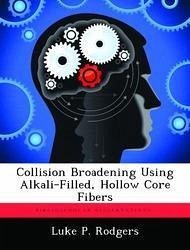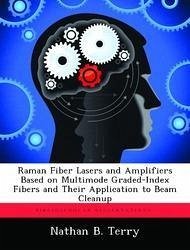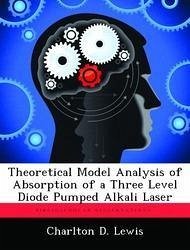Nicht lieferbar

Collision Broadening Using Alkali-Filled, Hollow Core Fibers
Versandkostenfrei!
Nicht lieferbar
The goal of this research was to demonstrate the possibility of collision broadening in a cesium-filled, hollow-core fiber as an alternative to the proven technique of pressure broadening. Theoretically, alkali electrons should relax from the 2P3/2 to the 2P1/2 level and the absorption spectrum should collisionally broaden due to the presence of fiber walls, as opposed to the more common pressure broadening method. An absorption dip located at 852.34nm was recorded in a pressure broadened comparison leg. This data was used as a baseline during analysis of the fiber leg's data. While the fiber ...
The goal of this research was to demonstrate the possibility of collision broadening in a cesium-filled, hollow-core fiber as an alternative to the proven technique of pressure broadening. Theoretically, alkali electrons should relax from the 2P3/2 to the 2P1/2 level and the absorption spectrum should collisionally broaden due to the presence of fiber walls, as opposed to the more common pressure broadening method. An absorption dip located at 852.34nm was recorded in a pressure broadened comparison leg. This data was used as a baseline during analysis of the fiber leg's data. While the fiber was successfully exposed to the cesium under safe, controlled conditions, unexpected fluctuation in both the coupling efficiency and laser power levels resulted in the inability to record an absorption dip in the final data. As a result, an investigation of the fundamental assumptions and theory supporting this experiment was conducted. It was discovered that the current design does not provide an adequate opportunity for cesium to make its way into the fiber core, thus negating the possibility of achieving the desired collision broadening data.








